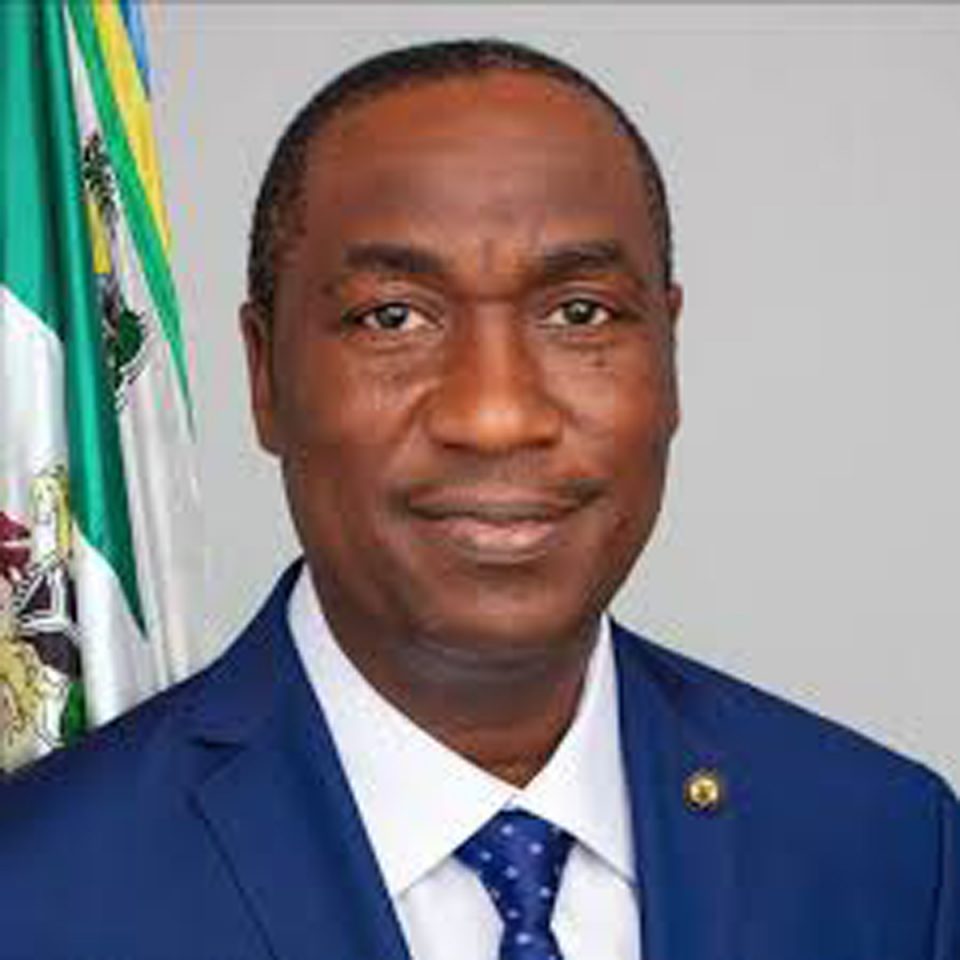The Lagos State Government has commenced testing the use of solar energy to power traffic control lights in a bid to tackle perennial traffic congestion in the state.
The state’s Deputy Governor, Dr Obafemi Hamzat, made the disclosure in an interview with the News Agency of Nigeria (NAN) in Lagos on Sunday.
He said that the biggest challenge in using traffic control lights across the state was unstable power supply.
“They have sensors or what they call controllers. The problem is that the moment there is no power supply and the sensor shuts down, the calibration goes bad.
“What that means is that we have to replace that sensor which we don’t manufacture here So, everything is a function of what do we have.
“We are working on it but the challenge is: Can we get the ones that use solar power? And then, when we have persistent rain, will they work? That is what we are testing now.”
According to Hamzat, the moment the state government can power traffic control lights with solar energy, it will deploy more traffic control lights as a strategy to tackle gridlocks.
“We want to make sure that we can have a system that will work all through without this power challenge.
“They moment we are comfortable with our testing, then we will start deploying and repairing the ones that are spoilt.”
On traffic congestion in the state, the deputy governor attributed the persistence to breakdown of vehicles, especially articulated ones.
He also said that ongoing road repairs contributed immensely.
“We are doing a lot of constructions. For example, in Ojota, we are replacing the whole length with concrete. Look at Apapa-Oshodi Expressway, they are doing the repair with concrete.
“On that corridor, they are doing 300 metres everyday but it takes 14 days to cure, and no vehicle can pass within that 14 days,” he added.
Hamzat said that the government also shut down Alaka axis because of the expansion joint on Eko Bridge which, he added, required urgent repair to avert a disaster.
“Because of these things, there will be traffic congestion, but I think it is better to do it once and in six or seven months’ time, everybody will be okay,” he said.
On the allegation that operations of the Vehicle Inspection Service (VIS) impeded traffic in some areas, Hamzat said that VIOs should not be on roads but for the high number of vehicles without road worthiness certification.
According to him, people must take their vehicles to VIS offices and obtain road worthiness for their vehicles.
” The question is: Are many of the vehicles supposed to be on the road in the first instance?
“The VIS must do its job and make sure vehicles that are not supposed to be on the roads are removed from the roads.
“In fact, the ministry of transportation has a drone now that shows when and where we have a breakdown anywhere.”
He said that if inspections were well carried out, the number of broken down vehicles on the roads and accidents would be minimal.




